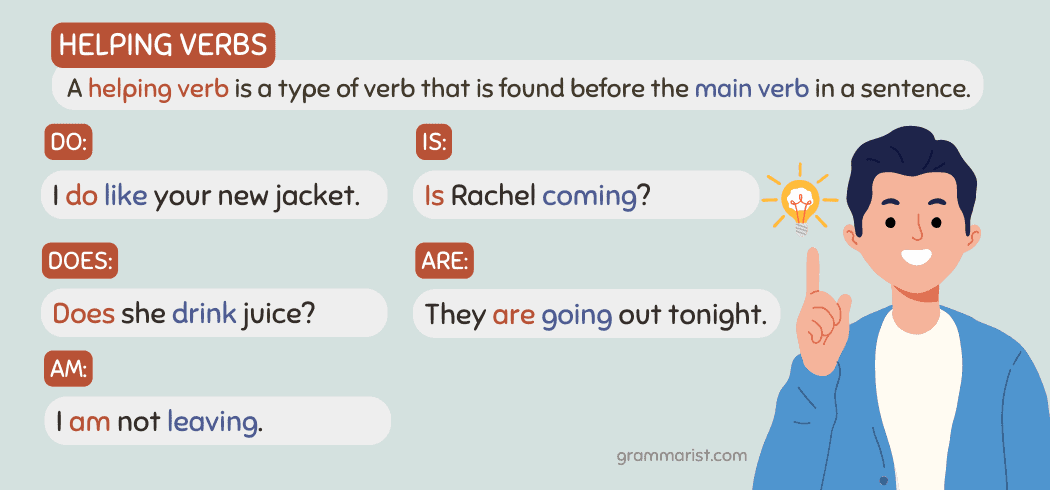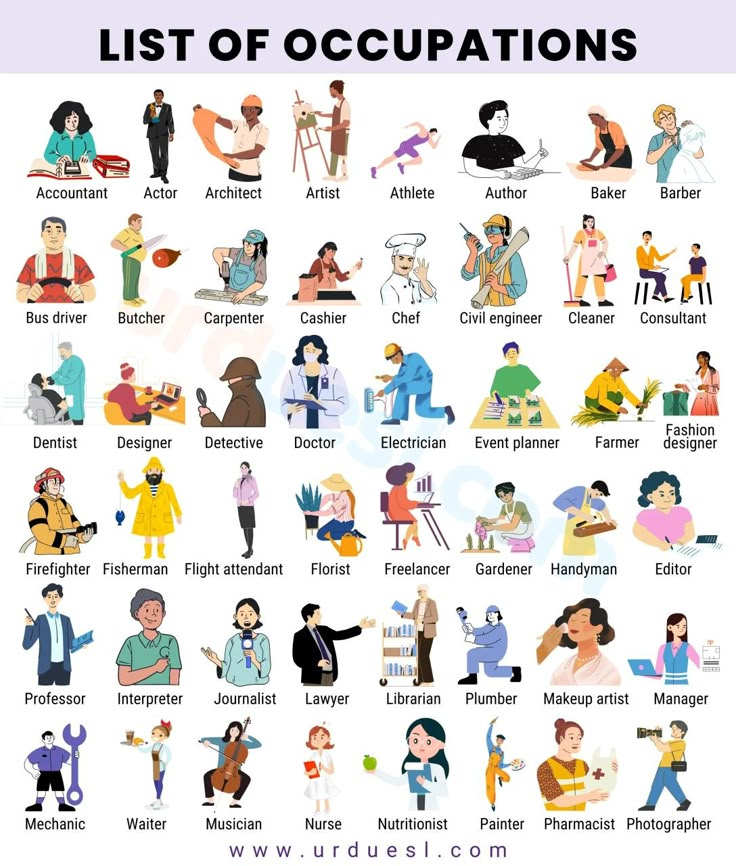What a Fitness & Wellness Coordinator Does: Role, Skills, and How to Start
Overview: What is a Fitness & Wellness Coordinator?
A fitness and wellness coordinator is a professional who plans, implements, and manages programs that improve physical activity, mental well-being, and healthy behaviors across settings such as gyms, corporations, campuses, and community centers. They coordinate classes and services, train or liaise with instructors and health educators, and track participation and outcomes to refine programs over time [1] . The role often blends program design, scheduling, outreach, and reporting with a focus on safe, inclusive, and measurable wellness initiatives [2] . Many positions emphasize building engagement through workshops, events, and one-on-one support, while aligning programs with participant goals and organizational needs [3] .
Core Responsibilities
Coordinators develop and oversee fitness and wellness programs tailored to participant needs-examples include group exercise schedules, stress management workshops, ergonomic screenings, walking challenges, and health education sessions. They manage schedules and records, coordinate or train staff, and may recommend new offerings that promote health and control costs [1] . Typical duties include program development, class and facility scheduling, equipment and space coordination, cross-functional collaboration with trainers and health educators, and administrative tasks such as budgeting, marketing support, and reporting [2] . In many organizations, they also promote participation through communications, events, and presentations that encourage healthy lifestyles [3] .
Example: In a corporate setting, a coordinator might launch a quarterly program featuring weekly group fitness classes, mindfulness sessions, and a steps challenge. They would secure instructors, reserve rooms, publish the calendar, track sign-ups and attendance, survey participants, and present a brief outcomes report with recommendations for the next quarter [1] [2] .
Skills and Competencies
Success in this role draws on communication, coordination, and evaluation skills. Coordinators benefit from strong interpersonal abilities, an understanding of behavior change and motivation, and the capacity to balance participant needs with logistics and safety. Foundational knowledge often spans health education, fitness principles, psychology, and customer service. Decision-making, systems thinking, and the ability to adapt programs based on feedback are also emphasized in career guidance for this occupation [1] . Fitness-focused positions also require competency in programming across diverse fitness levels and goals, and in collaborating with trainers and instructors to ensure quality and consistency [2] . Many wellness roles highlight motivational coaching and creative engagement as key soft skills [3] .
Implementation tip: Build a simple skills matrix that maps your strengths to role needs (e.g., program design, scheduling, vendor management, data tracking). Identify two gaps to address each quarter-such as improving outcome measurement or learning inclusive class modifications-and select one course or mentorship opportunity per gap [1] .
Where They Work and Typical Day
Coordinators work in fitness facilities, universities, municipal recreation, healthcare-adjacent settings, and corporate wellness. A typical day may include reviewing attendance dashboards, confirming class coverage, meeting with HR or facility leads, observing or auditing a class for safety and engagement, preparing communications for upcoming events, and drafting a short report on participation trends and recommendations [1] [2] . In community and workplace roles, tasks may extend to health education workshops, vendor coordination, and one-on-one wellness coaching aligned to individual goals and resources [3] .
How to Become a Fitness & Wellness Coordinator
Education and training: Employers may prefer degrees in public health, exercise science, health promotion, kinesiology, or related fields. Programs in public health education can prepare candidates for wellness roles that combine education, program development, and stakeholder engagement [4] . On-the-job success also relies on current knowledge in exercise programming, safe practice, and behavior change, along with ongoing professional development through workshops or certifications [3] .
Certifications and upskilling: While specific requirements vary by employer, candidates may consider industry-recognized fitness and health education credentials to demonstrate competence. Common choices include group fitness or personal training certifications and courses in health coaching or workplace wellness. Because certification requirements vary, you can review recognized certifying bodies and select options that align with your target setting and role scope [2] [4] .
Experience pathways: Many professionals enter from roles such as group fitness instructor, personal trainer, recreation coordinator, or health educator. Volunteering to organize small-scale events-like a 4-week beginner strength series or lunchtime stress-management workshops-can demonstrate program design, marketing, and reporting skills valued in coordinator roles [2] [3] .
Step-by-Step: Launch or Advance Your Career
- Define your target setting. List top choices-fitness facility, corporate, campus, or community. Note audience needs, scheduling norms, and outcome expectations for each [2] .
- Map your competencies. Use job profiles to identify must-have skills (program coordination, scheduling, reporting, safety). Rate your proficiency and set quarterly learning goals [1] .
- Build a sample program. Create a 6-week plan with goals, class outlines, communications, and basic metrics (attendance, satisfaction, completion). Pilot with a small group and document results to show impact [3] .
- Strengthen credentials. Consider a relevant degree or targeted certifications that match your role scope (e.g., group fitness, health coaching, wellness program design) [4] .
- Showcase results. Prepare a one-page outcomes summary highlighting engagement rates and participant feedback. Include safety checks and inclusion strategies to demonstrate operational readiness [1] .
Program Design: Practical Framework
Start with needs assessment: gather participant goals via brief surveys or sign-up forms and review facility or employer objectives. Define program goals in simple terms (e.g., increase weekly activity minutes or class attendance). Build a calendar with varied options for multiple fitness levels, and include wellness topics like sleep, stress, and nutrition education where appropriate. Finally, select simple metrics: registrations, attendance, completion rates, and post-program satisfaction. This approach aligns with common coordinator responsibilities in developing, scheduling, and tracking programs [2] [1] .

Source: blog.gowkt.com
Example: A community center runs a “Move & Mind” program-two weekly 45-minute classes (one strength, one mobility), a 20-minute guided mindfulness session, and a monthly workshop on stress management. The coordinator schedules staff, promotes via flyers and email, caps class sizes for safety, and collects weekly check-ins to adjust difficulty and timing. Over eight weeks, the coordinator compiles attendance and feedback to propose a continuation or adjustments [3] .

Source: belezaecuidadospessais.blogspot.com
Challenges and Solutions
Common challenges include inconsistent attendance, scheduling conflicts, and limited budgets. Coordinators can mitigate these by surveying preferred times, offering hybrid or short-format sessions, and rotating topics to sustain interest. Safety and inclusion require thoughtful progressions, clear screening questions, and collaboration with qualified instructors or health educators. Administratively, simple dashboards or spreadsheets help maintain schedules, records, and reports-a core expectation of this role profile [1] .
Alternative approaches: Where resources are limited, coordinators may partner with local organizations or leverage volunteer guest speakers to deliver education sessions. For distributed teams, brief virtual “micro-sessions” and asynchronous challenges can increase reach while easing scheduling constraints. For new audiences, start with a pilot cohort and iterate based on measurable participation and feedback [2] [3] .
How to Access Services or Get Started
If you are seeking a coordinator for your organization, you can draft a role profile using authoritative occupation summaries and then conduct outreach. Consider searching for “Fitness & Wellness Coordinator job description” and reviewing official career profiles to align responsibilities, required skills, and reporting expectations. You may post roles on established job boards or contact local universities with public health or exercise science programs for candidate referrals. If you are an individual seeking programs, check with your local fitness facilities, community recreation centers, or employer’s HR or benefits team for available wellness services. You can ask for a program calendar, instructor qualifications, safety protocols, and how outcomes are reported to participants and leadership [1] [3] .
Key Takeaways
A fitness and wellness coordinator designs and manages programs that promote healthy, sustainable habits and measurable outcomes. The role blends planning, scheduling, staff coordination, participant engagement, and data tracking across settings, with pathways into the career from health, fitness, and education backgrounds. Building a simple, measurable program and showcasing results are practical steps to enter or advance in this profession [2] [4] .
References
[2] CareerExplorer (n.d.). What does a fitness coordinator do? Duties and responsibilities overview.
[3] Indeed Career Guide (2025). What Does a Wellness Coordinator Do? Responsibilities and skills.
[4] North Carolina Central University Online (2024). What Is a Wellness Coordinator?


